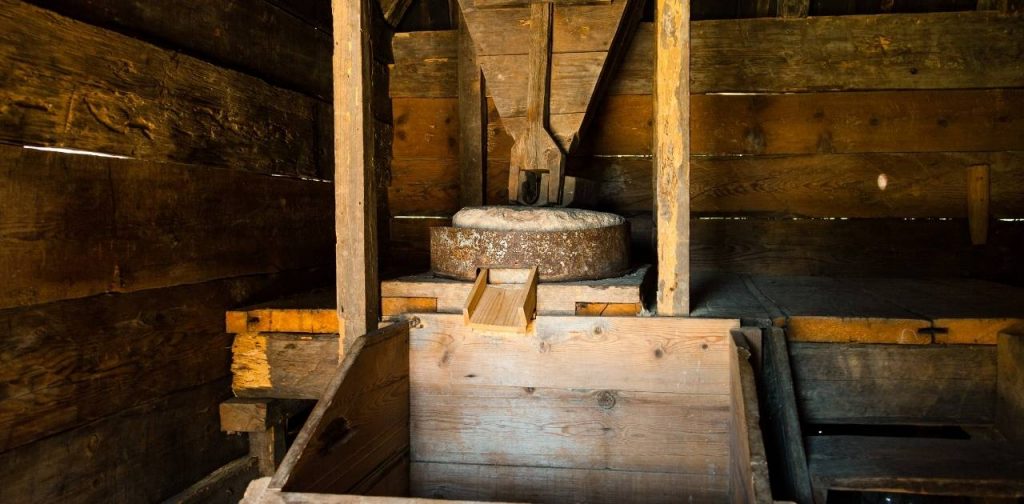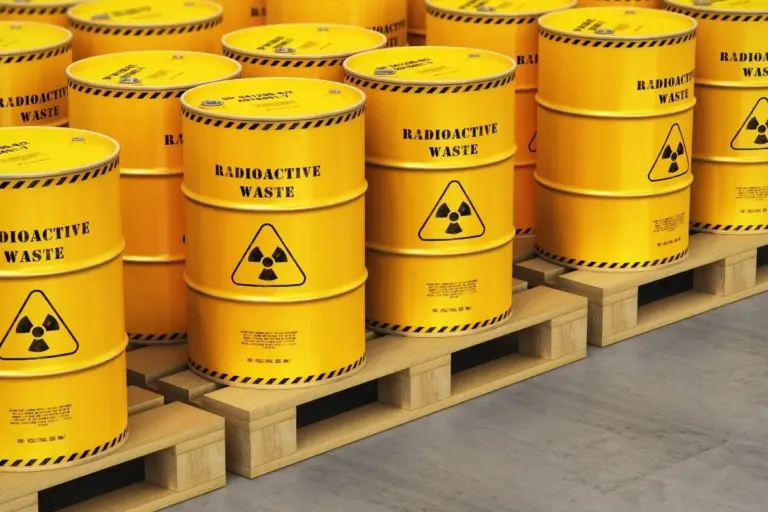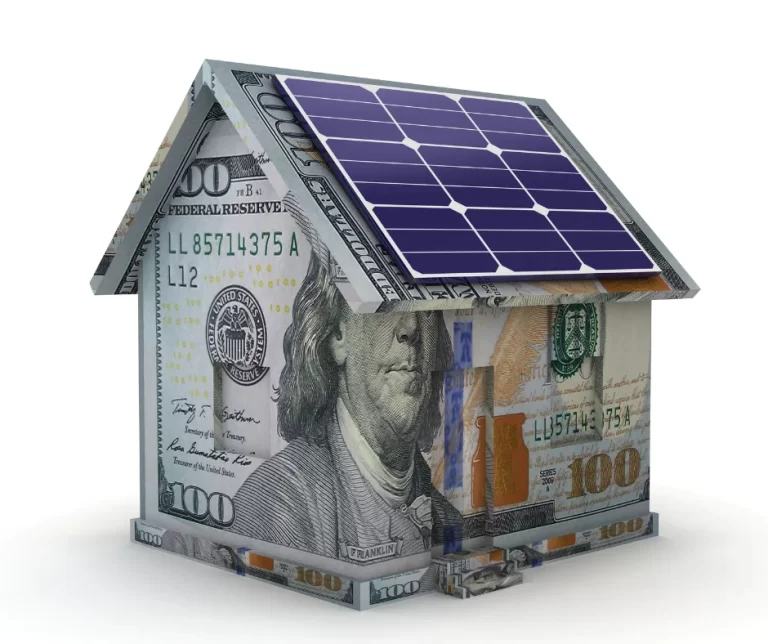Advertisements
Wind energy is a form of energy generation from the wind, a clean, renewable and inexhaustible source. Although many people see wind energy as a recent innovation, this technology has a long history and is growing rapidly, especially in Brazil. Here are 10 curious facts about wind energy that you probably didn't know.

The Story
Wind power was first developed in Persia and China around 200 BC, using windmills. These early devices were used to grind grain and pump water, harnessing the power of the wind in an efficient and sustainable way. Over the centuries, the technology has evolved, but the basic principle of converting wind energy into useful power has remained the same.
Navigation
Sailing boats are one of the oldest ways to harness wind power. Around 5,000 years ago, sailing vessels were common and played a crucial role in transportation and trade. Recently, Sweden took wind power to a new level with the development of the Oceanbird, the world’s largest wind-powered ship.
The Oceanbird has a capacity to carry 7,000 vehicles and is equipped with five telescopic “wing sails” that can reach up to 80 meters in height. The ship promises to reduce carbon emissions by 90% compared to current ships, highlighting the potential of wind energy in the maritime industry. The Oceanbird is scheduled to begin operations in 2024.
Wind Turbine Height
Wind turbine towers are often over 400 feet tall, which is taller than the Statue of Liberty. Each turbine blade can be around 260 feet long, with newer models reaching over 300 feet. The height of the turbines is crucial for capturing stronger, more constant winds, increasing the efficiency of power generation. The higher you go, the faster the winds, and consequently, the more energy can be produced.
Wind Energy and Water Resources
An interesting aspect of wind power is that it is the only form of alternative energy that does not require water. While other renewable energy sources, such as hydroelectric and biomass, can consume large amounts of water, wind power operates without impacting water resources. This makes it a sustainable and efficient choice for generating electricity, contributing to the preservation of natural resources and protecting the environment.
Turbine Capacity and Energy Generated
Currently, a single commercial wind turbine can provide electricity for around 600 homes. In theory, 20 turbines would be enough to power a small town. This demonstrates wind power’s ability to provide large amounts of energy in a decentralized and efficient manner, making it a viable solution for a variety of energy needs.
Wind Energy in Brazil
In Brazil, wind energy already occupies the second position in the country's energy matrix, representing 9.3% of installed capacity in 2020, according to data from ABEEólica and the National Electric Energy Agency (Aneel). The growth of wind energy in Brazil is remarkable and reflects the potential of this resource to contribute significantly to the national energy matrix.
Small Scale Turbines
In addition to the large turbines used in wind farms, it is also possible to install small turbines in residential areas. A small wind turbine in your backyard could provide enough energy to power a home, making wind power a viable option for generating domestic electricity. This presents an opportunity for individuals and communities to become more self-sufficient and sustainable.
Wind Farms in Brazil
Brazil has approximately 637 wind farms in operation, with the three largest located in Bahia, Rio Grande do Norte and Rio Grande do Sul. These wind farms play a crucial role in generating electricity and promoting sustainable development in the country. The presence of these farms highlights the importance of this energy source in the Brazilian energy matrix and its positive impact on the environment.
Future of Energy
The future of wind energy is bright, with technological innovations and continued growth in the sector. As technology advances and costs decrease, wind energy is expected to become one of the world’s leading energy sources, contributing to reducing carbon emissions and protecting the environment.
Sustainable energy is a powerful and sustainable solution to global energy challenges. Its growth and evolution demonstrate its potential to transform the way we generate and consume energy, benefiting both the environment and society.
Check out other interesting facts about recycling clicking here.
Learn how to make art by recycling, Click here.



